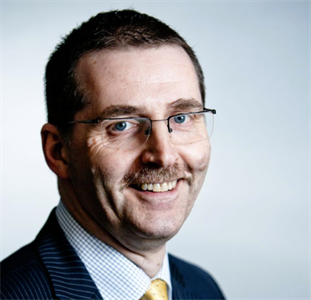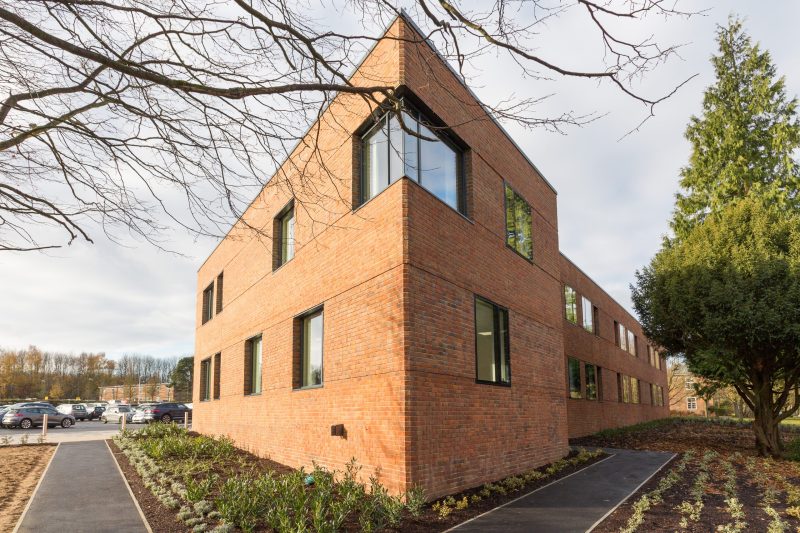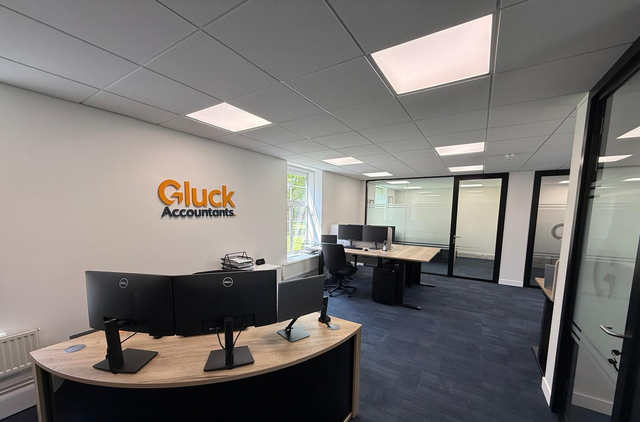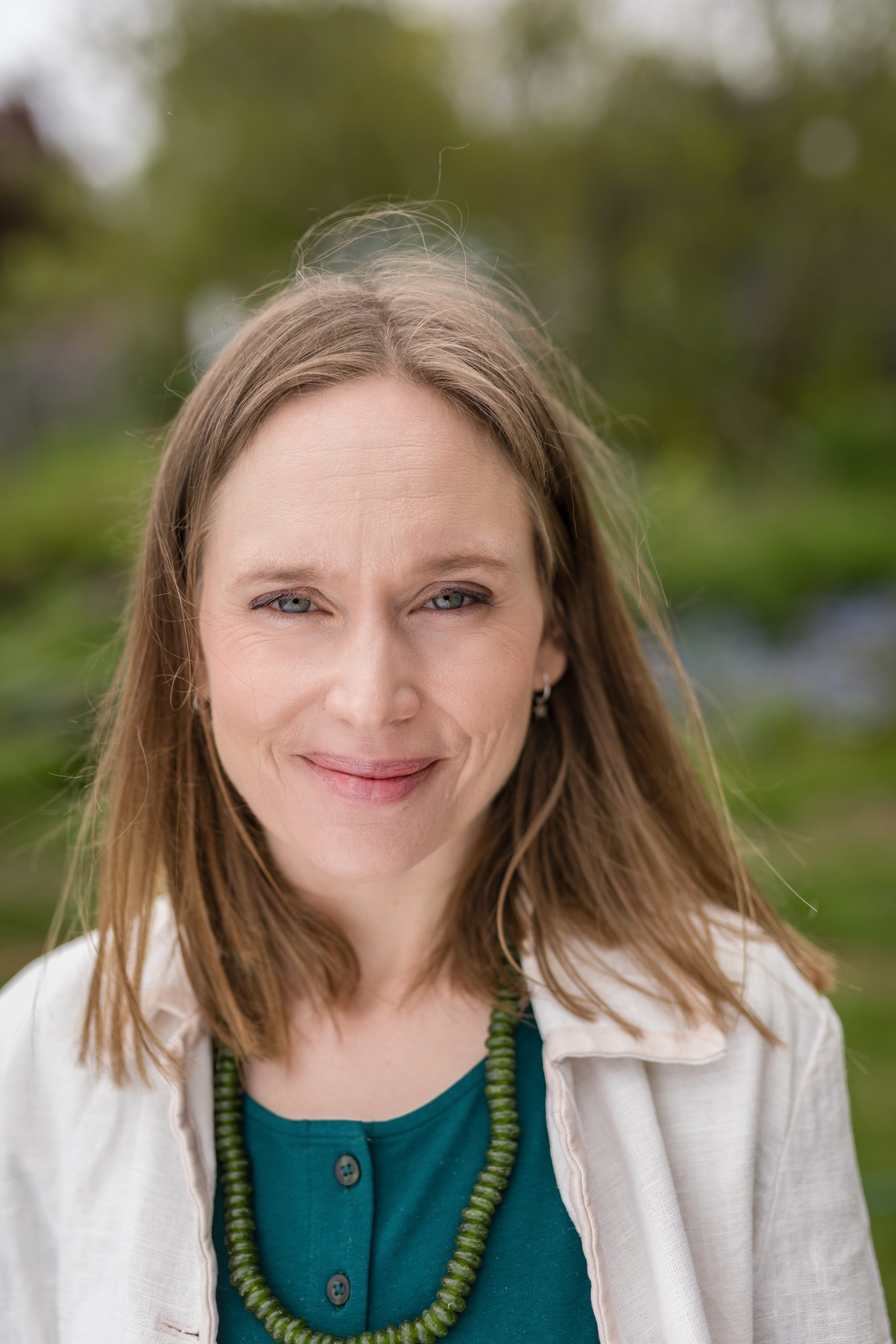Business Planning with Stretch
It’s a brand-new year, and the perfect time to take on the sometimes-tedious task of business planning. But creating a business plan is not about the planning process, it’s about the results that are delivered by implementing the tasks contained in that plan.
Julian Weekes, a Business Growth Specialist, offers his top tips and discusses the importance of a business plan which suits your immediate targets and your long-term goals. So, for a prosperous and productive 2022, read on!
The Planning Process
In the pre Covid world the planning process may well have been to apply a percentage uplift to what went before, which assumes that we are on some form of level playing field based upon previous year’s activity. But Covid has taken away our reference points. Many will have suffered during Covid, some will have survived, some will have found opportunities and thrived.
In addition, those businesses affected by Brexit still have unchartered waters to navigate.
This forces changes to the planning process. We can’t make assumptions; we have to have a detailed view about our business. The current position, the capacity going forward and most importantly what is it your customers want and what’s their preferred way of interacting with you.
Questions to answer…
What changed due to Covid?
Are those changes still relevant?
Do you need to revert to pre Covid operations?
Or adopt a post Covid approach?
Possibly your business may need to adopt elements from all the above.
Transactional Vs ‘End in Mind’
The traditional approach to planning is to plan for a specific relatively short time period, let’s assume a 12-month Business Plan, which you break down into 4 quarterly Business Plans. Some businesses might have longer term Business Plans, 3 or 5 years, this is far more common in larger businesses. In practice the Business Plans most small businesses create tend to be focused on relatively short time periods, say 12 months. It’s no surprise that Business Plans are based on transactional planning, focussing on the results that are needed during the duration of the 12-month Business Plan, such as sales, cost of sales, gross profit, overheads, and net profit etc.
In Stephen R Covey’s book ‘The Seven Habits of Highly Effective People’ Covey’s second rule is…
“To begin with the End in Mind means to start with a clear understanding of your destination. It means to know where you’re going so that you better understand where you are now and so that the steps you take are always in the right direction.”
This encourages us to look to the final destination of your business, which may be 10, 20, 30… years away. What do you want your business to deliver for you by the time you leave your business? Your exit might be the sale of the business, passing it to members of your family or creating a management team to allow you to receive a passive income.
This needs some careful thought. Divide the rest of your life into two sections, your earning years and your non-earning years. You must earn all of the money you are ever going to need during your earning years, including pensions, investments and hopefully a legacy of some form.
To be successful Business Plans need to comprise of a combination of transactional planning AND the ‘End in Mind’ planning. Just focussing on transactional planning will deliver results for the relatively short term of the 12-month Business Plan. Repeating a 12-month Business Plan year after year is unlikely to deliver the results you need in the longer term.
Just focussing only on ‘End in End’ planning won’t provide the results in the short term. Combining both transactional and ‘End in Mind’ planning will be far more likely to deliver the results you need over the next year and going forward to when you eventually exit your business.
In the first instance, decide on the ‘End in Mind’ results you would like. Take the advice of a good Financial Adviser, they can provide a valuation of any existing pensions and investments. They will help you decide on what level of pension and investments you will need to fund your lifestyle after you have exited your business. You will then know what gap exists between what you have and what you will need. At this point, you may need to scale down your ‘End in Mind’ figure or alternatively scale up the level of business activity to ensure that you earn what is needed going forwards.
Based on when you plan to exit your business you will have multiple 12 month plans to build your earnings to your ‘End in Mind’ point. By combining the transactional and ‘End in Mind’ methods, each 12-month Business Plan will get you a step closer to your long-term goal, whilst delivering the shorter goals.
I highly recommend that each 12-month Business Plan is divided into 4 quarterly Business Plans. A quarterly plan breaks down into 13 weeks, at this level it’s far easier to determine the individual goals and sub-goals or tasks needed, these are the actual activities and tasks that need to be completed to ensure the quarterly Business Plan, the 12-month Business Plan and eventually your ‘End in Mind’ plan becomes a reality.
Demand and Capacity
Demand – the level of business you expect or forecast.
Capacity – the level of business you can cope with.
Capacity is probably the easiest to calculate. If we assume you produce the ever-popular widget, you will know how many widgets you, your suppliers and subcontractors can make with your existing resources. As demand increases you can then add the extra staff and equipment etc. to your Business Plan.
Forecasting demand is likely to be more difficult, especially when Covid has reduced or increased demand. Your forecast is your most likely outcome, as far as you can determine.
The following will assist your forecasting:
- Existing contracts
- Regular clients
- Last year’s business (not including the above)
- Expected business from new products or services
- Feedback from your Sales and Marketing teams
Less any clients that have:
- Ceased trading
- Informed you they plan to use a competitor
- No longer need your product or service
Regular Reviews
Many things change over the course of a year, so make sure your Business Plan is kept up to date. Once a month of the Business Plan is complete, mark the forecast figures as ‘actual’ rather than ‘forecast’. Use the data from the ‘actual’ months to amend the forecast figures. You can add an amended forecast column to give you the ability to monitor forecast, actual and modified forecast figures.
You will need to create a Business Plan for the following year, don’t leave this to the end of the planned period. I would suggest that work starts on the new plan 3 months prior to the end of the current Business Plan.
Financials
Your budget’s projected sales figures should be those from your 12-month Business Plan. It makes no sense for your business plan to be a ‘standalone’ document. It is integral for your business, ensure that your plan is in sync with your budget, your management accounts and cashflow forecast, throughout the period of the Business Plan.
Planning Tools
There are many planning tools available. For a most small businesses Excel will provide all the functionality needed. For larger businesses or where more detail is required, I would consider ActionPLAN and ActionCASH
Conclusion
- Creating a successful Business Plan needs plenty of thought and input from the business owner and their team.
- Combine transactional and ‘End in Mind’ planning techniques.
- Forecast demand – be as forensic as possible.
- Create a 12-month Business Plan, create quarterly Business Plans to capture the detail and the tasks that need to be undertaken, by when and by whom.
- Review and update your Quarterly and 12-month Business Plans on a monthly basis (as a minimum).
- 12 month and quarterly Business Plans need to be in sync and integral with your management accounts and cashflow forecast.








